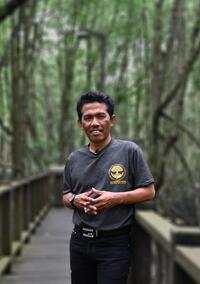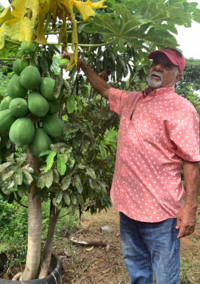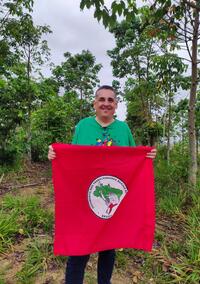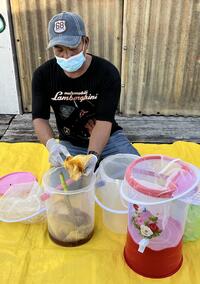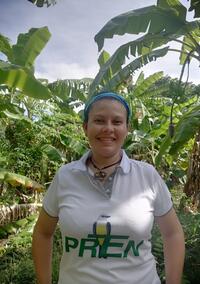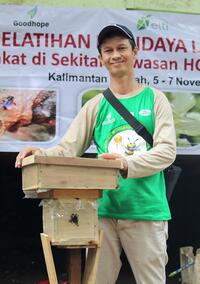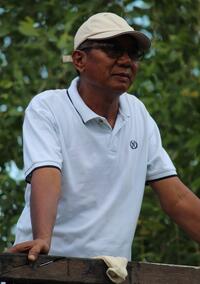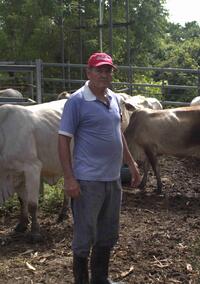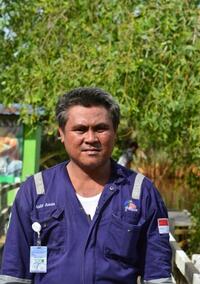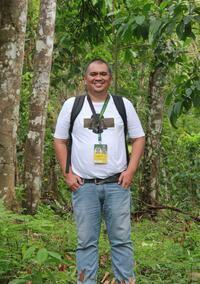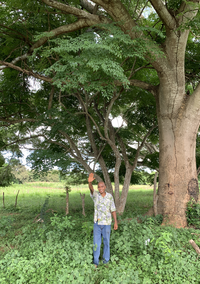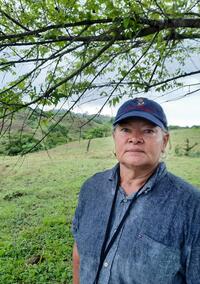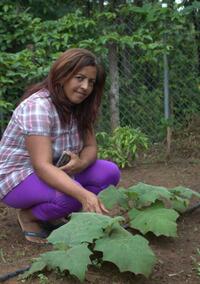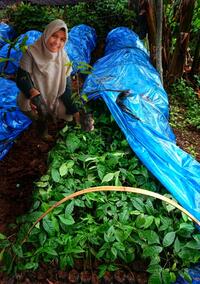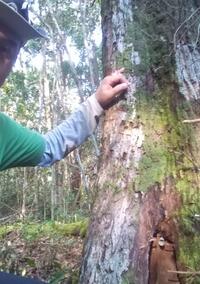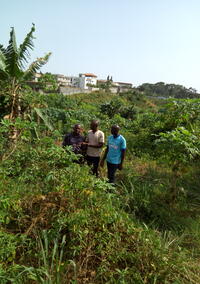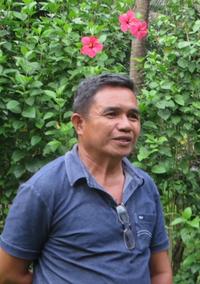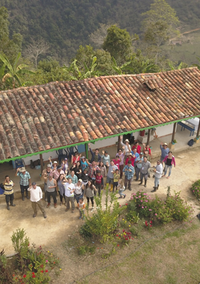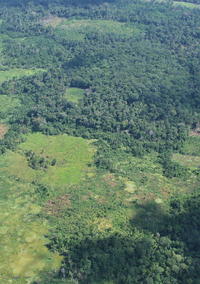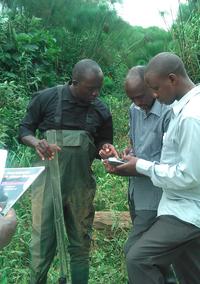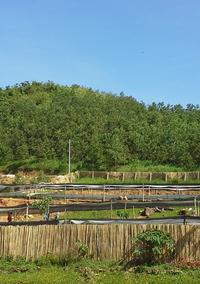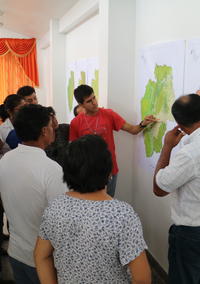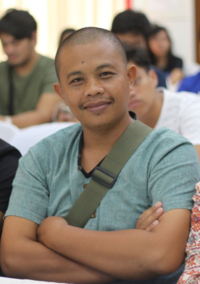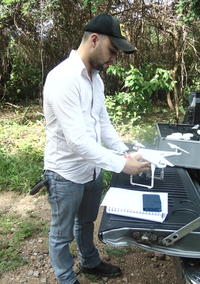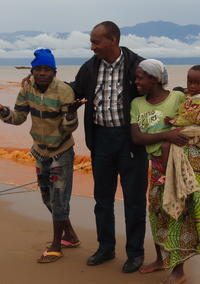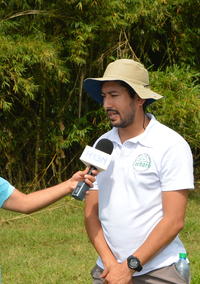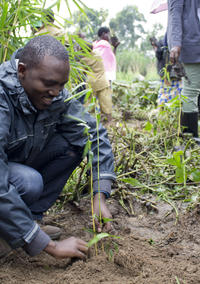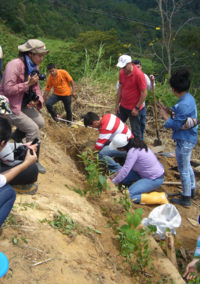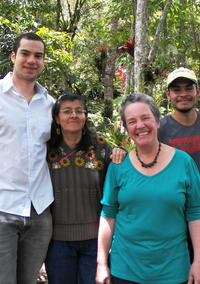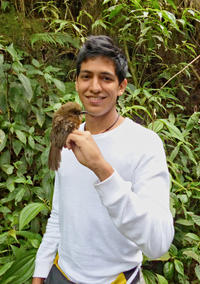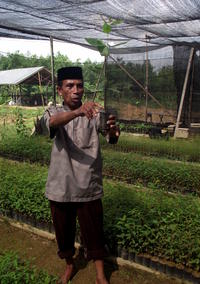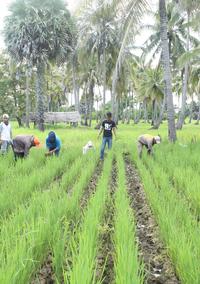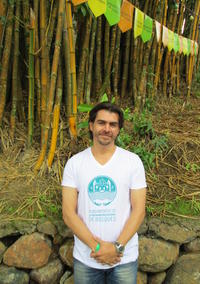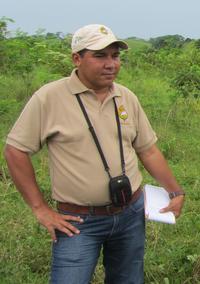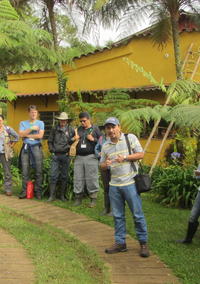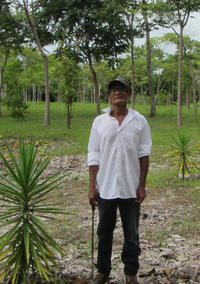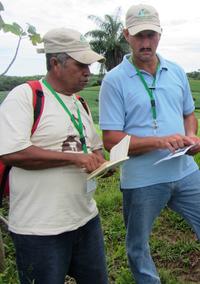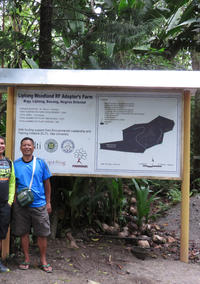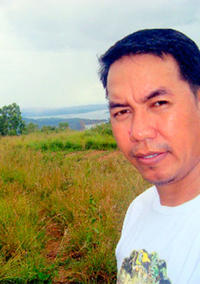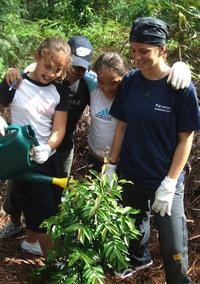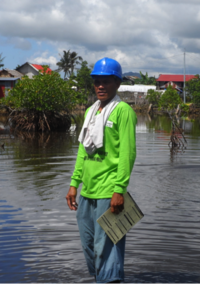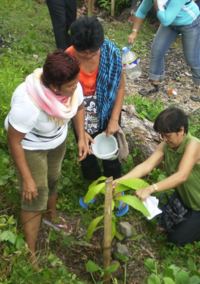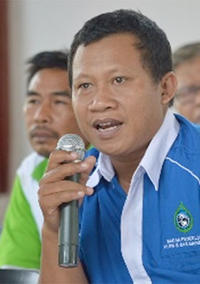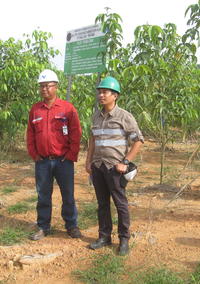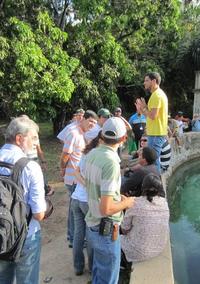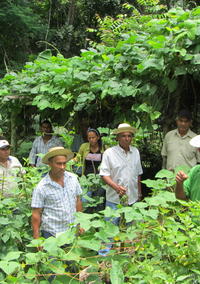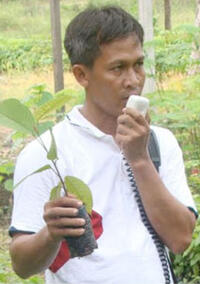You are here
Peru's National Restoration Efforts Gather Momentum
Success has varied due to challenges such as: gaining public participation and recognition of the benefits of restoration efforts, establishing consensus across organizational bodies on the objectives and opportunities for restoration and securing funding.
Sara took the ELTI-IUCN online course Forest Landscape Restoration in the Tropics to build her capacity to plan, and engage multiple groups for unified restoration efforts.
Sara found the course’s case studies especially instructive. Discussing other countries’ restoration efforts – the successes and the failures – helped clarify her understanding of ROAM’s process for FLR, identify several important planning stages absent from past restoration efforts, and define objectives, opportunities and the social context for restoration.
“After the course, I had the knowledge and communication tools to make a compelling argument for ROAM to my executive director and to the Minister of Agriculture,” Sara says. “Now they’re more involved in decision-making and dedicated to the process’s success.”
I feel proud to have created a space for the systemized exchange of experiences and knowledge across different levels of government regarding the recovery of degraded areas. Together, we are building a national network of dedicated collaborators.
Sara Yalle Paredes
With the commitment of important collaborators, Sara is integrating aspects of the ROAM methodology into Peru’s National Plan for the Recovery of Degraded Areas, mapping the opportunities for restoration and identifying priority areas for meeting Peru’s commitment to the Bonn Challenge to restore 3.2 million hectares of degraded land.
At the sub-national level, Sara has been coordinating seven pilot FLR projects in different regions. Since Sara and her colleagues implemented principles of ROAM in those projects, the regional governments have committed more support for the restoration of larger areas.
Now, by strengthening the commitment to restoration at all levels of government, the national and sub-national plans for restoration include FLR’s objectives and action-oriented steps, from the selection of degraded sites to the inclusion of diverse groups.
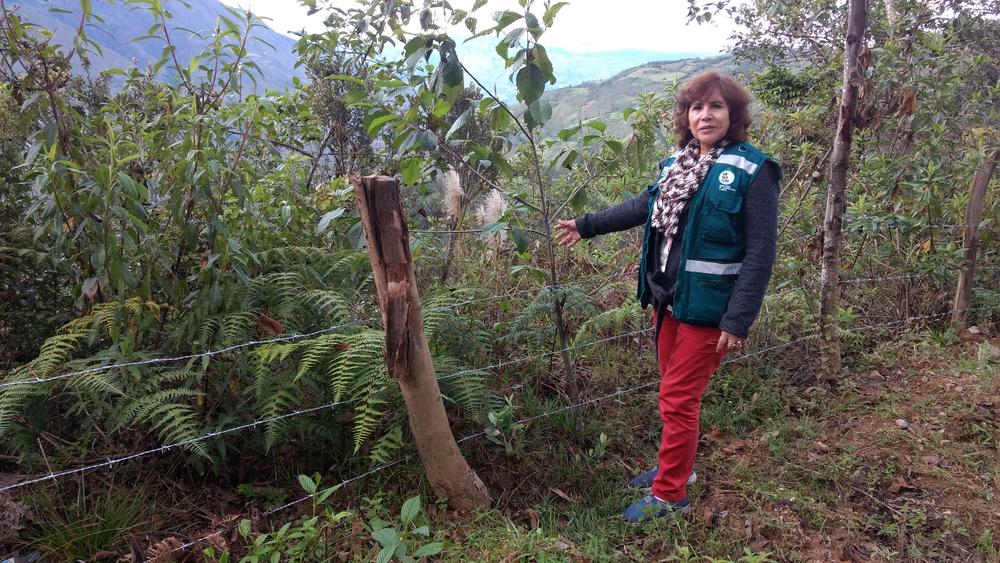
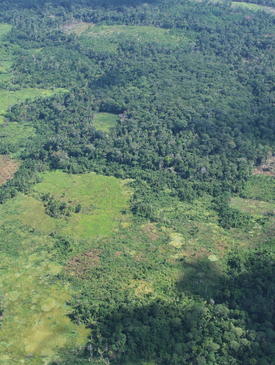
Acknowledgements
Sara would like to thank IUCN, the Food and Agriculture Organization, the World Resources Institute, Helvetas Andean Forest Program, the officials of regional and local governments, private industries and the farmers and ranchers who live and work in the areas undergoing restoration.






